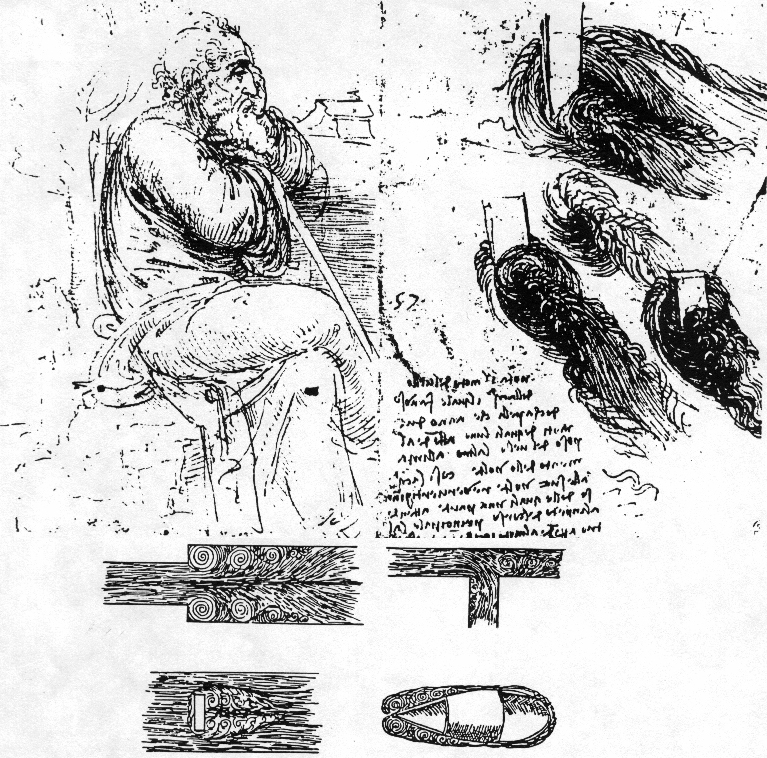Research Interests
Analyzing possible singularity formation in nonlinear partial differential equations arising as models in 3D incompressible fluid and plasma dynamics. Mathematical theory of turbulent cascades and turbulent dissipation in 3D flows.
Of particular interest has been the study of formation of small scales and turbulent dissipation in 3D Navier-Stokes (NS) equations within a mathematical framework based on the suitably defined `scale of sparseness' of the regions of intense fluid activity.
Specifying this framework to the super-level sets of the positive and negative parts of the components of the higher-order spatial derivatives lead to the first manifestation of the asymptotically critical nature of the NS regularity problem [AC] (a joint work with Liaosha Xu). A key component of the proof was managing the nonlinear interactions sourced in the higher-order differential expansion of the nonlinearity--this was accomplished via a careful analysis of the local-in-time dynamics of `chains of derivatives' (ascending vs. descending).
The main focus of the current research--jointly with Liaosha Xu--has been to explore how the study of the local-in-time dynamics of chains of derivatives could inform the regularity theory of the 3D hyper-dissipative (HD) NS system in the super-critical regime (the hyper-diffusion exponent beta strictly between 1 and 5/4). The `turbulent' or non-homogeneous scenario (there is a portion of the chain and a local direction in which either the higher or the lower-order directional derivatives are dominant) is addressed in [HD-T], while the `steady' scenario (derivatives of all orders, along all directions are comparable) is the subject of the current work.

